Francis Bacon: Human Presence – a 'stirring, splendid' exhibition
'Riveting' show at the National Portrait Gallery explores the artist's 'wild' portraits
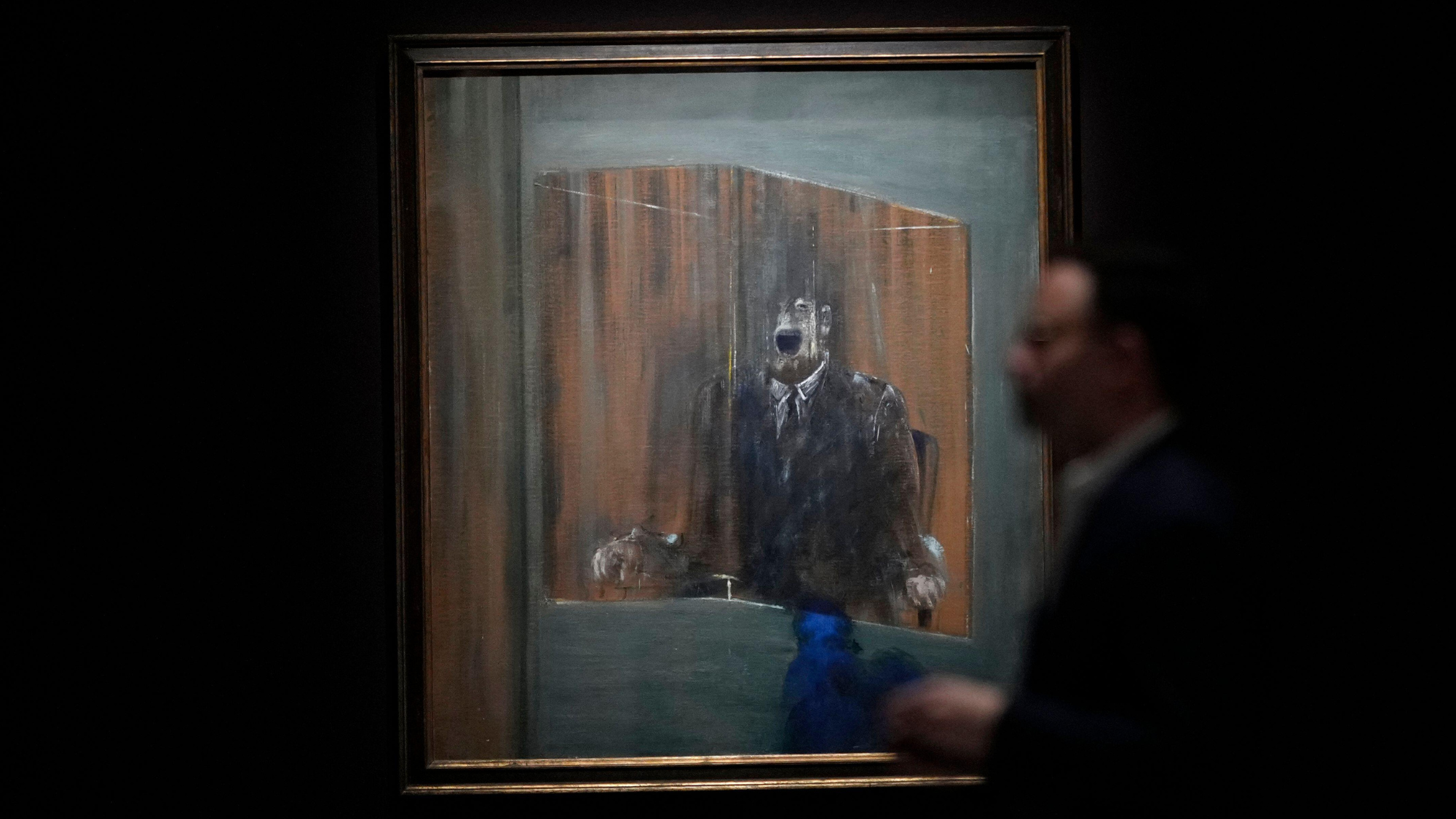
Francis Bacon (1909-1992) is generally remembered as "an artist who captured the darkness of his times in his work", said Waldemar Januszczak in The Sunday Times.
When we think of him, we tend to imagine "a painter expressing global angst" – about the "toxic" mid-20th century, Hitler, the Holocaust, and the nuclear arms race. He has not, though, generally been seen as a portrait artist.
The National Portrait Gallery's new exhibition sets the record straight, giving us a painter who created a variety of portraits that belong to the people depicted, "not the world around them". Bringing together more than 50 works painted between the 1940s and the artist's death, including many of his most emblematic, the show argues that Bacon was, in essence, "always a portraitist of sorts", a painter of the human figure, who frequently based his depictions on real people. It shows him not so much expressing "the screams of his times" as recording "a variety of highly personal moods and meanings in himself and his friends". It is "a riveting journey".
The Week
Escape your echo chamber. Get the facts behind the news, plus analysis from multiple perspectives.

Sign up for The Week's Free Newsletters
From our morning news briefing to a weekly Good News Newsletter, get the best of The Week delivered directly to your inbox.
From our morning news briefing to a weekly Good News Newsletter, get the best of The Week delivered directly to your inbox.
In some ways, it seems "an odd exercise" to point to these paintings as portraits, said Laura Cumming in The Observer. Although many of his subjects are named, barely any are identifiable in these canvases: their faces are "squashed, contorted, twisted, swerving". A depiction of the woman dubbed the "queen of Soho", Henrietta Moraes, for instance, sees her lying nude on a mattress, her body "corkscrewed", "features scrambled to oblivion"; a likeness of Lucian Freud turns out to have been based on a portrait of Franz Kafka. Indeed, the only recognisable face here is the artist's own, represented here in a number of eerie self-portraits. One "strange and captivating" example, painted in 1987, sees the 78-year-old painter style himself as a younger man with a "boyish fringe" capping the "distinctive moon shape" of his face. In general, these pictures are "images of life forces so zestful, original and wild they hold their own outside the old conventions of portraiture".
The show can seem unrelentingly dark, said Jackie Wullschläger in the Financial Times. A portrait of his doomed lover, George Dyer (who killed himself in a hotel room aged 37) sees his face "brutally sliced in half"; a panel from a triptych of 1973 self-portraits has Bacon base his likeness on a photo of a First World War bomb victim. Yet Bacon was radical in striving to uncover man's base animal nature through portraiture. Two likenesses of another lover, the sadistic Peter Lacy, variously see him "crouching – about to pounce – in long grass like a fierce beast" and "eviscerated, his internal organs bursting through his skin". Both works still "disrupt expectations" of what a portrait can be. In Bacon – "Britain's greatest postwar painter" – the NPG has found a "perfect subject". And this is a "stirring, splendid" exhibition.
A free daily email with the biggest news stories of the day – and the best features from TheWeek.com
-
 Heavenly spectacle in the wilds of Canada
Heavenly spectacle in the wilds of CanadaThe Week Recommends ‘Mind-bending’ outpost for spotting animals – and the northern lights
-
 Facial recognition: a revolution in policing
Facial recognition: a revolution in policingTalking Point All 43 police forces in England and Wales are set to be granted access, with those against calling for increasing safeguards on the technology
-
 Codeword: December 14, 2025
Codeword: December 14, 2025The daily codeword puzzle from The Week
-
 Heavenly spectacle in the wilds of Canada
Heavenly spectacle in the wilds of CanadaThe Week Recommends ‘Mind-bending’ outpost for spotting animals – and the northern lights
-
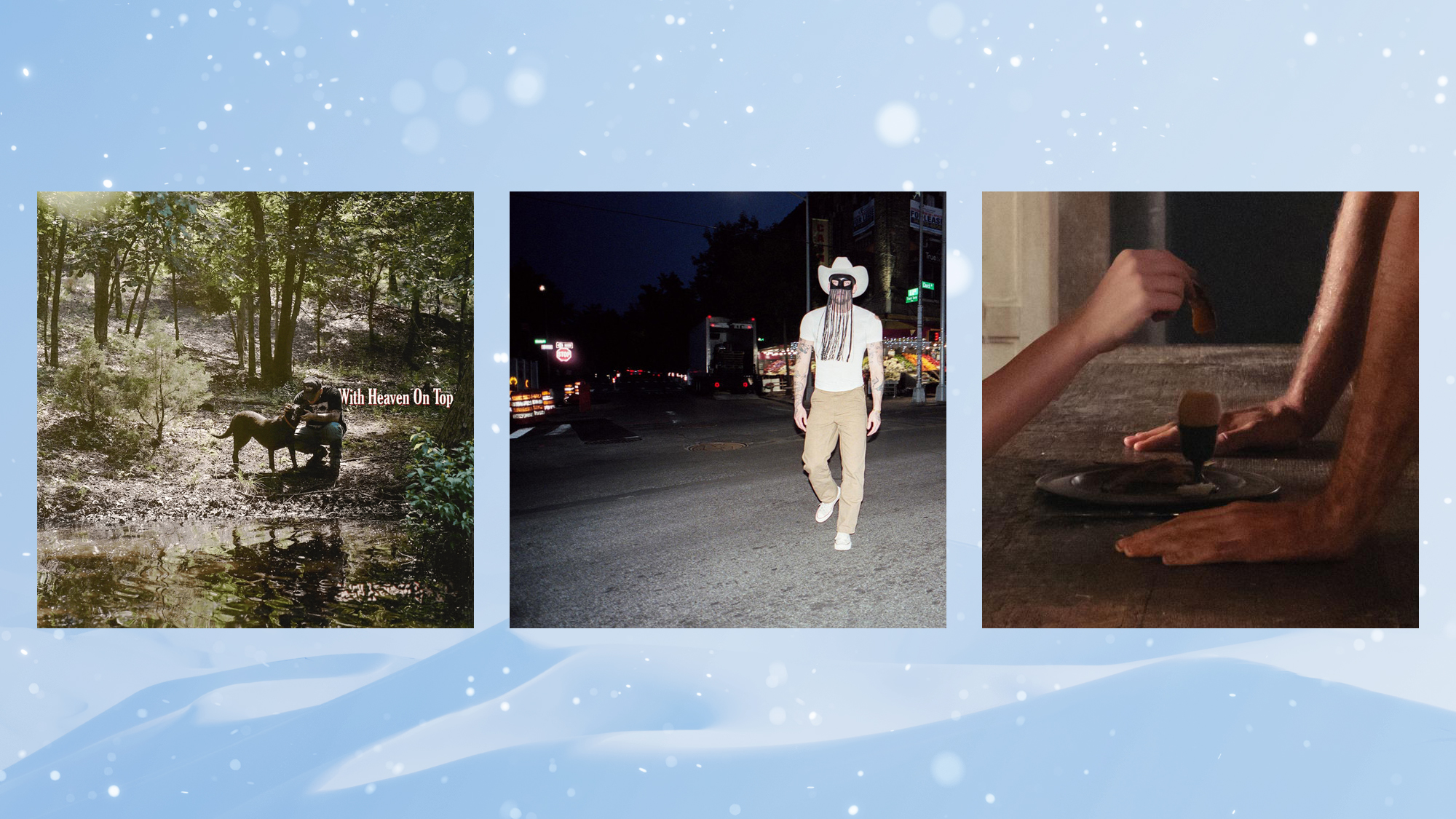 10 upcoming albums to stream during the winter chill
10 upcoming albums to stream during the winter chillThe Week Recommends As the calendar turns to 2026, check out some new music from your favorite artists
-
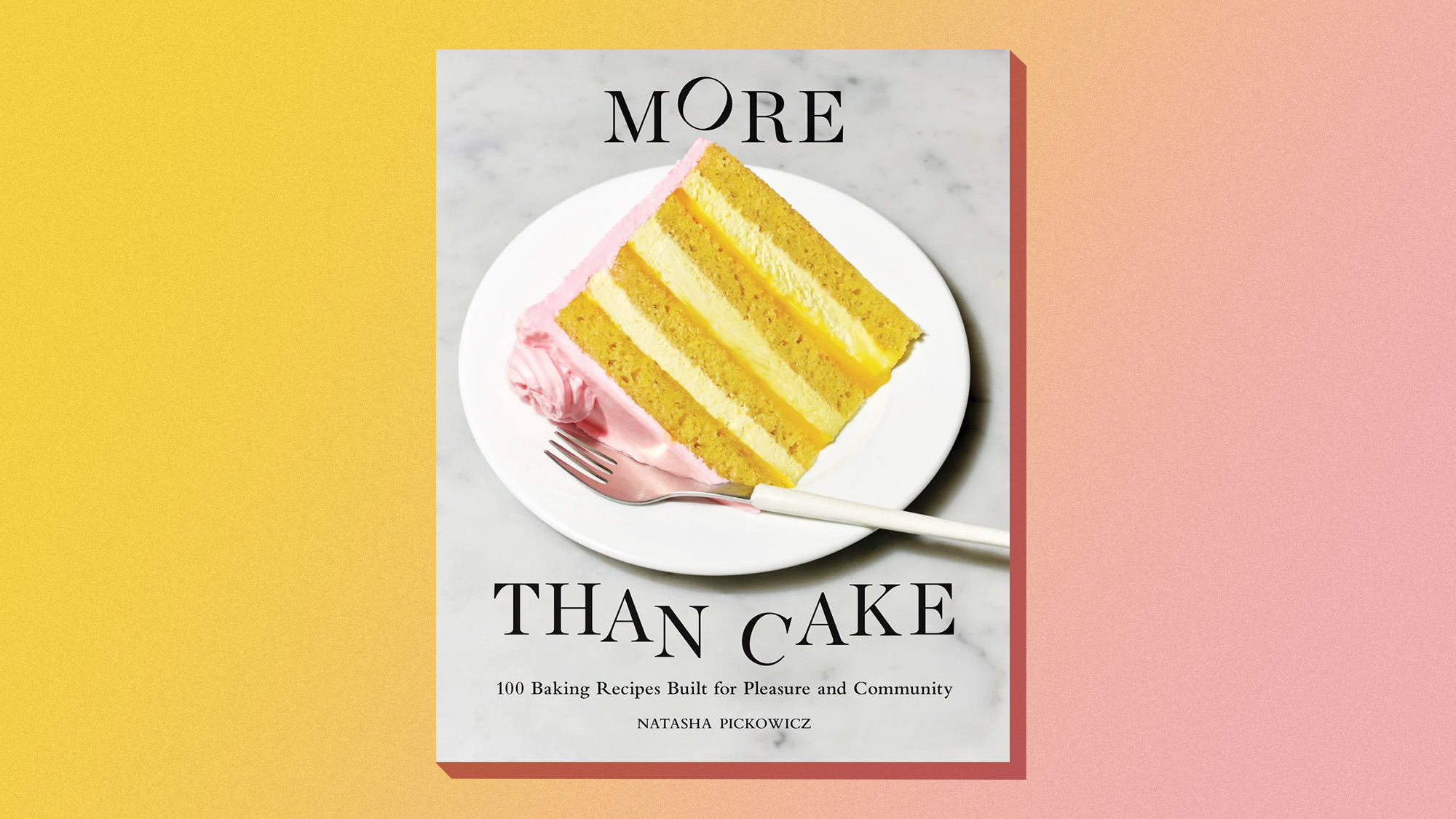 One great cookbook: Natasha Pickowicz’s ‘More Than Cake’
One great cookbook: Natasha Pickowicz’s ‘More Than Cake’the week recommends The power of pastry brought to inspired life
-
 It Was Just an Accident: a ‘striking’ attack on the Iranian regime
It Was Just an Accident: a ‘striking’ attack on the Iranian regimeThe Week Recommends Jafar Panahi’s furious Palme d’Or-winning revenge thriller was made in secret
-
 Singin’ in the Rain: fun Christmas show is ‘pure bottled sunshine’
Singin’ in the Rain: fun Christmas show is ‘pure bottled sunshine’The Week Recommends Raz Shaw’s take on the classic musical is ‘gloriously cheering’
-
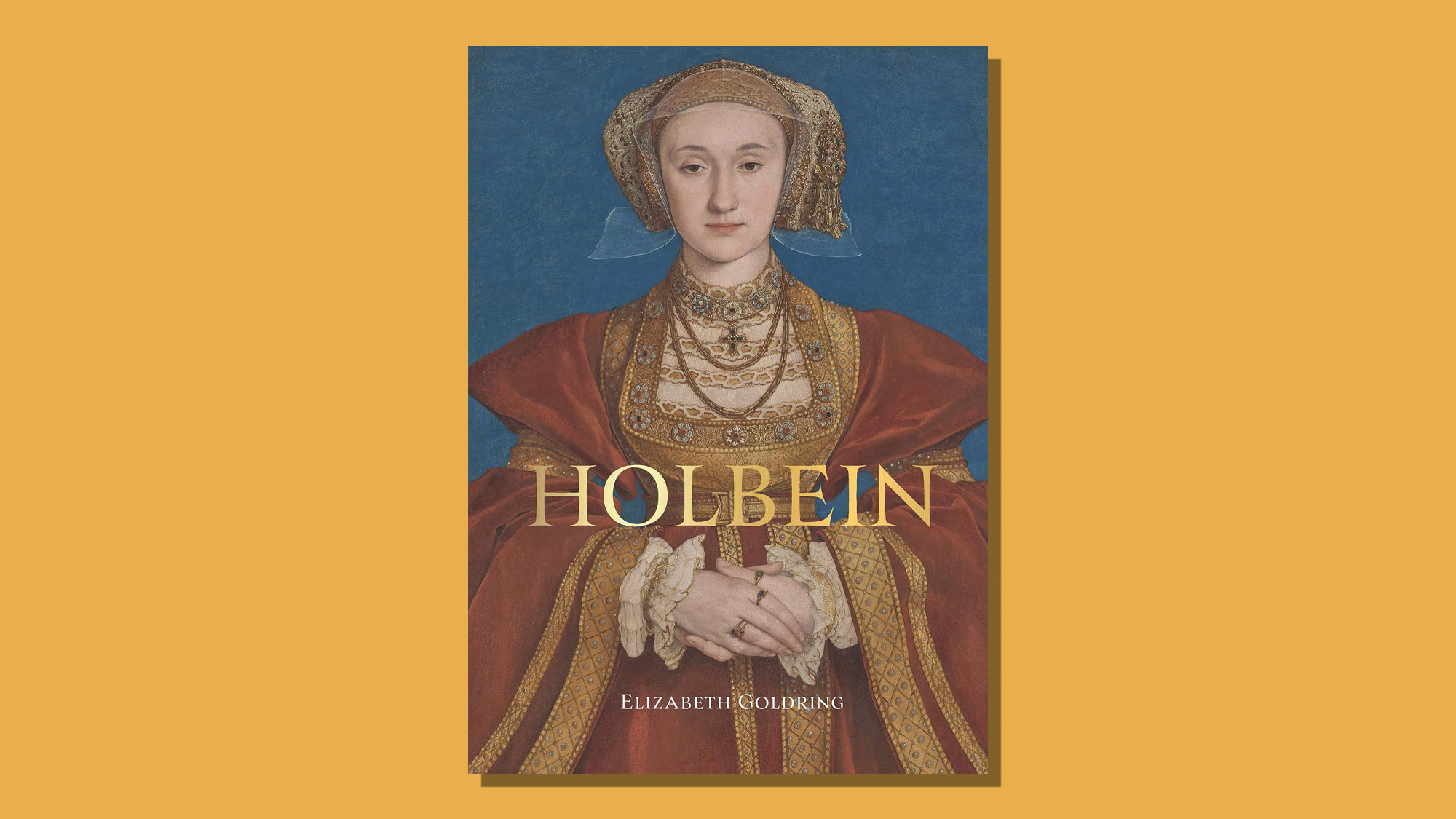 Holbein: ‘a superb and groundbreaking biography’
Holbein: ‘a superb and groundbreaking biography’The Week Recommends Elizabeth Goldring’s ‘definitive account’ brings the German artist ‘vividly to life’
-
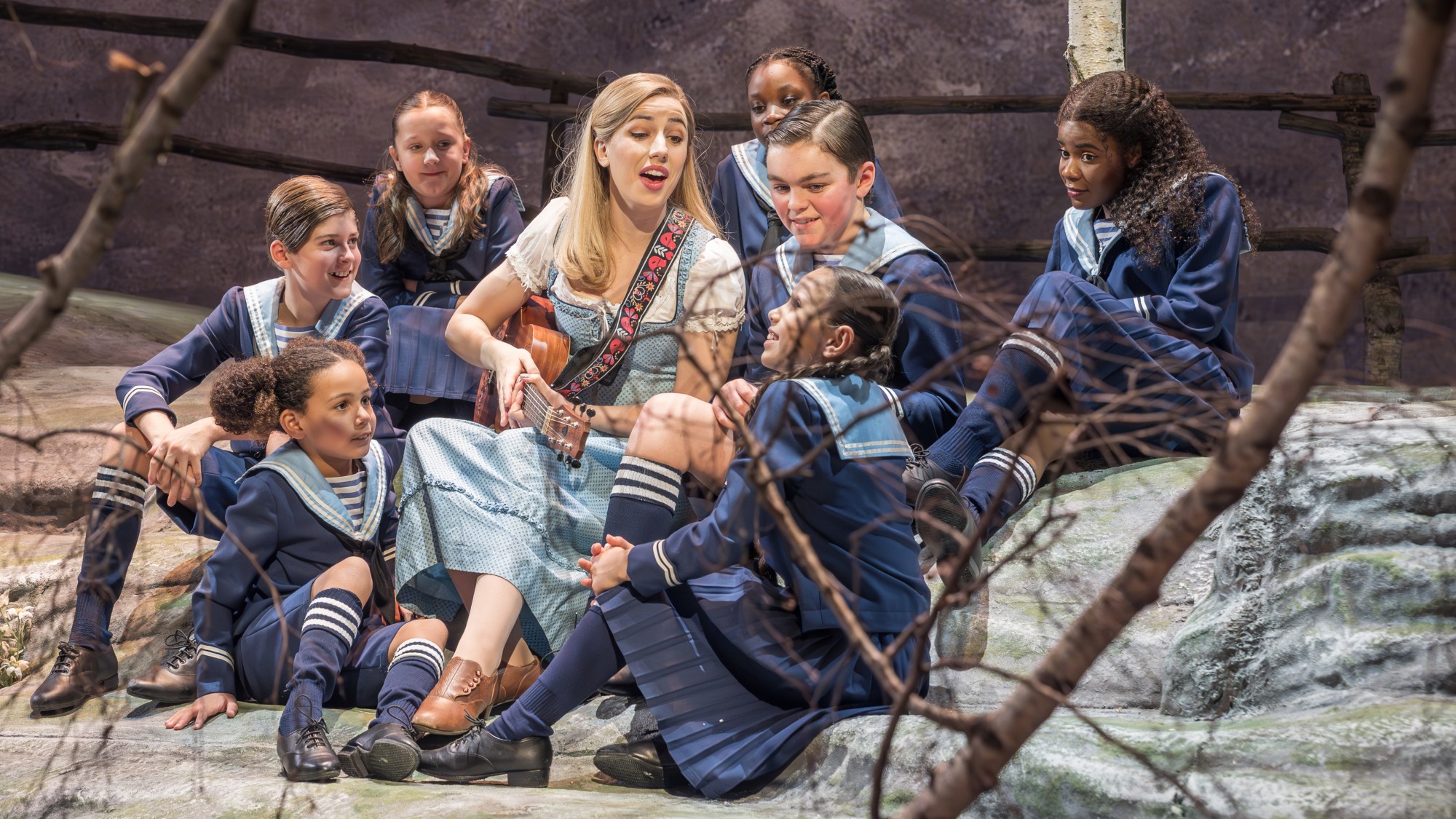 The Sound of Music: a ‘richly entertaining’ festive treat
The Sound of Music: a ‘richly entertaining’ festive treatThe Week Recommends Nikolai Foster’s captivating and beautifully designed revival ‘ripples with feeling’
-
 ‘Furious Minds: The Making of the MAGA New Right’ by Laura K. Field and ‘The Dream Factory: London’s First Playhouse and the Making of William Shakespeare’ by Daniel Swift
‘Furious Minds: The Making of the MAGA New Right’ by Laura K. Field and ‘The Dream Factory: London’s First Playhouse and the Making of William Shakespeare’ by Daniel SwiftFeature An insider’s POV on the GOP and the untold story of Shakespeare’s first theater